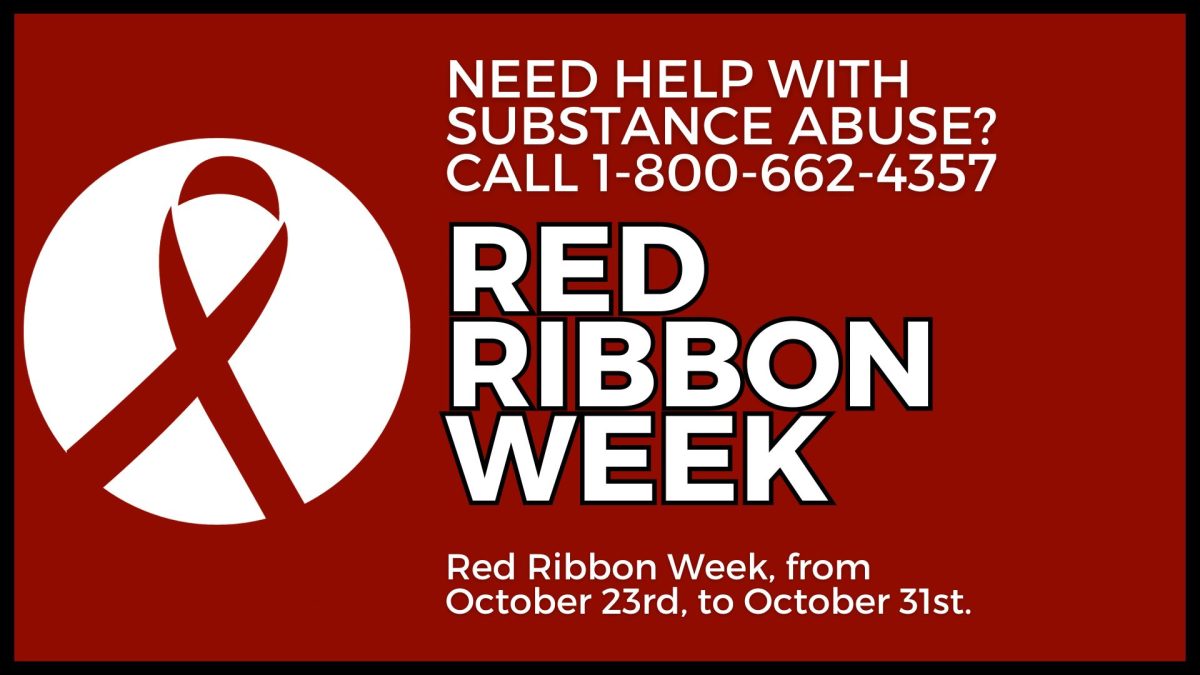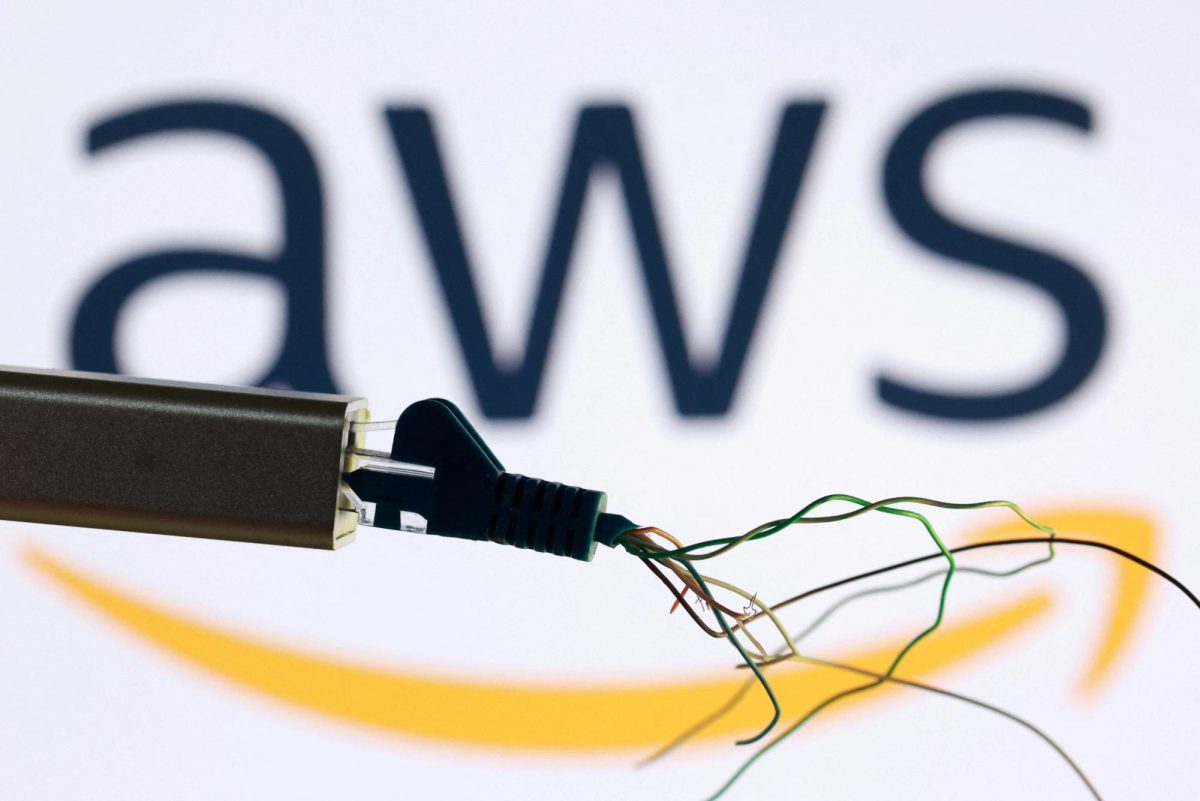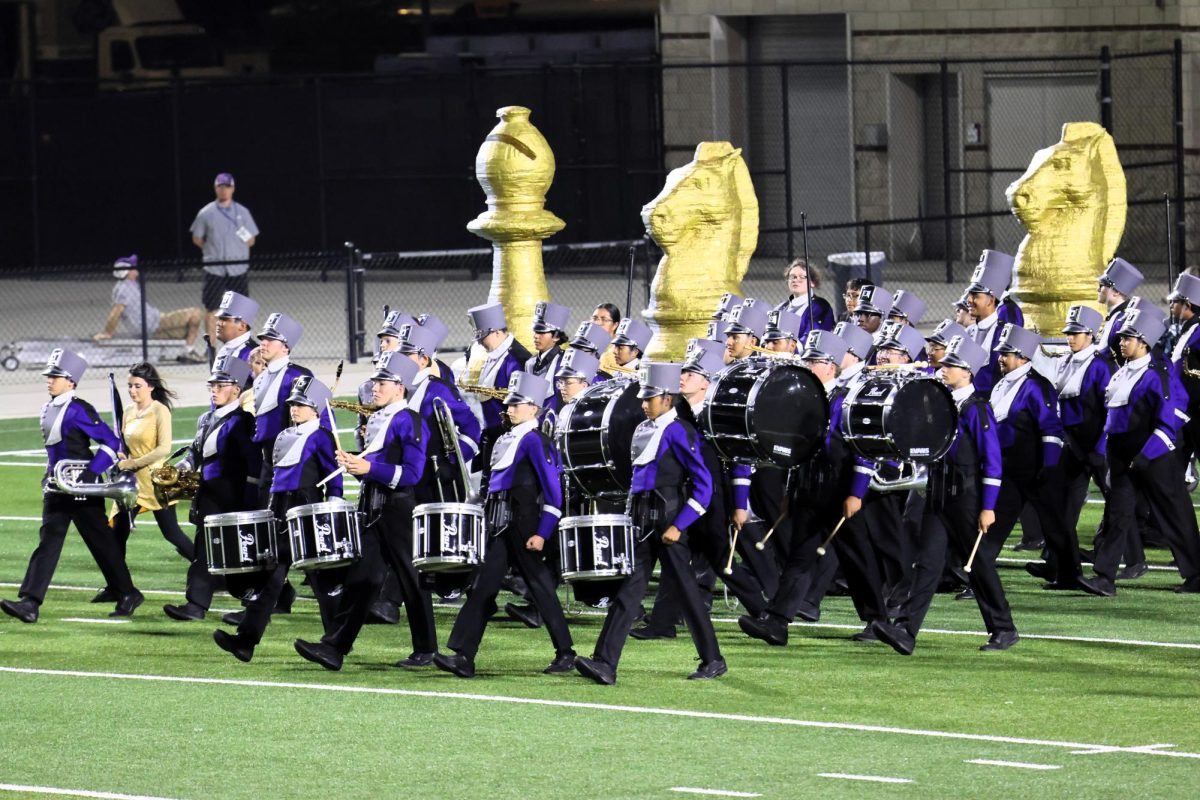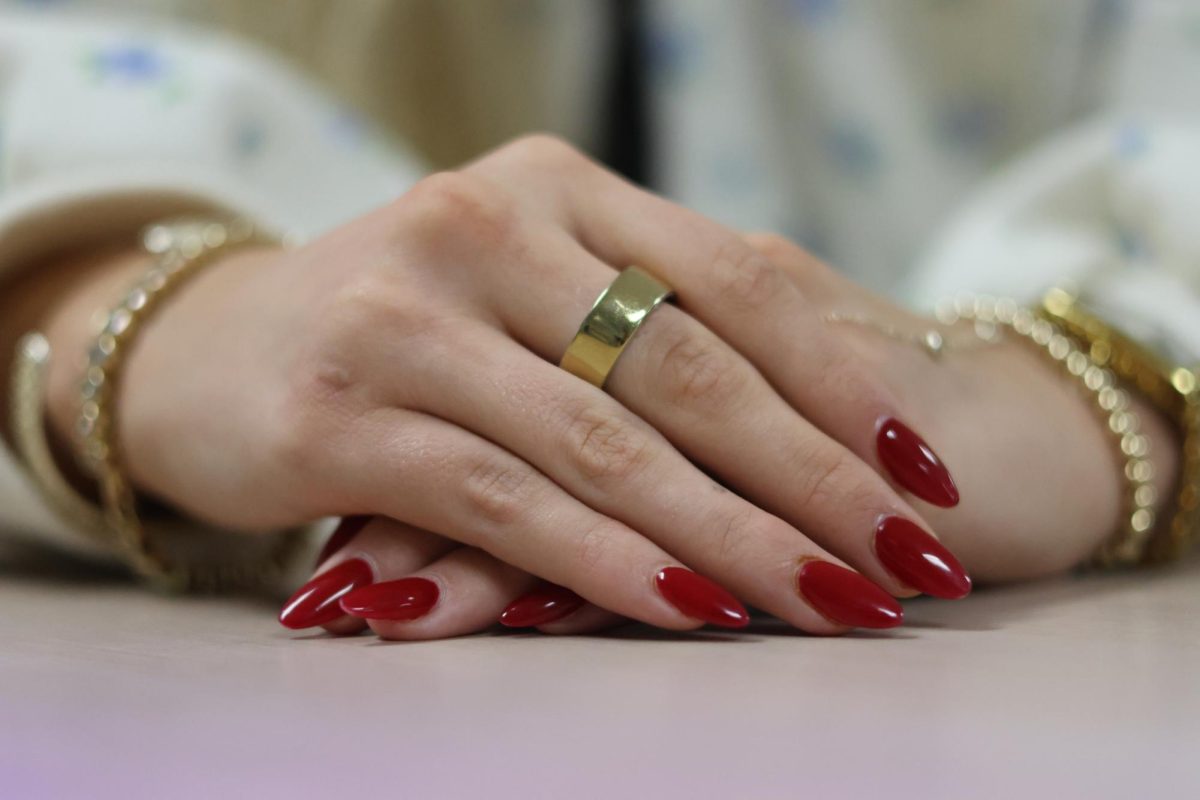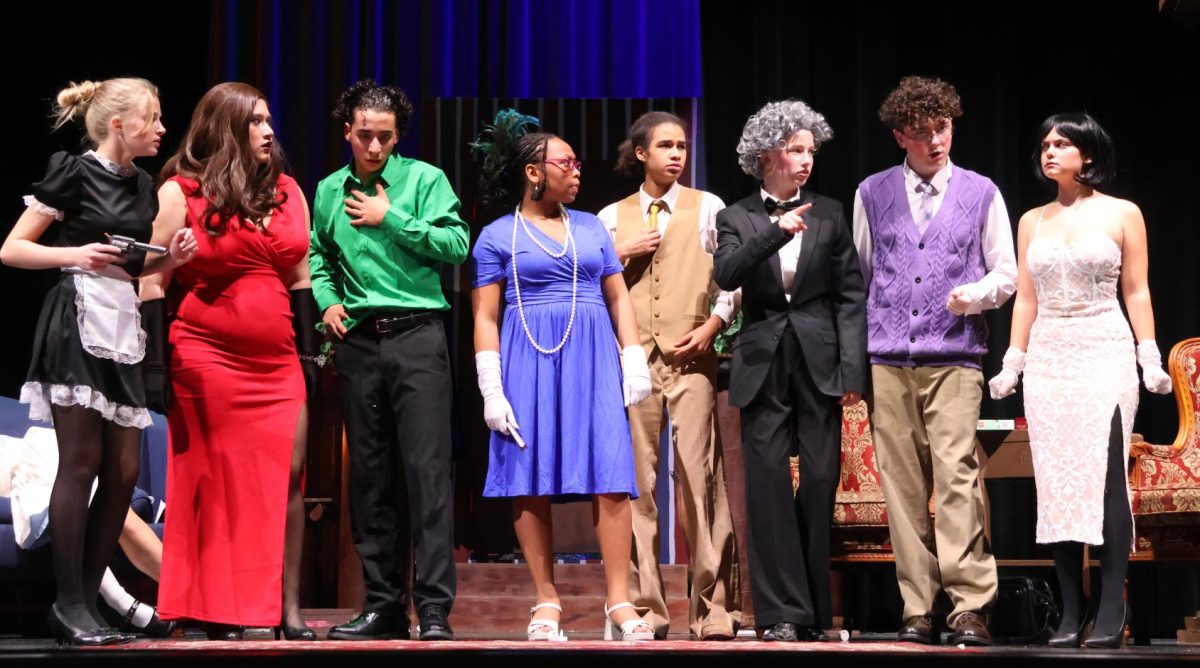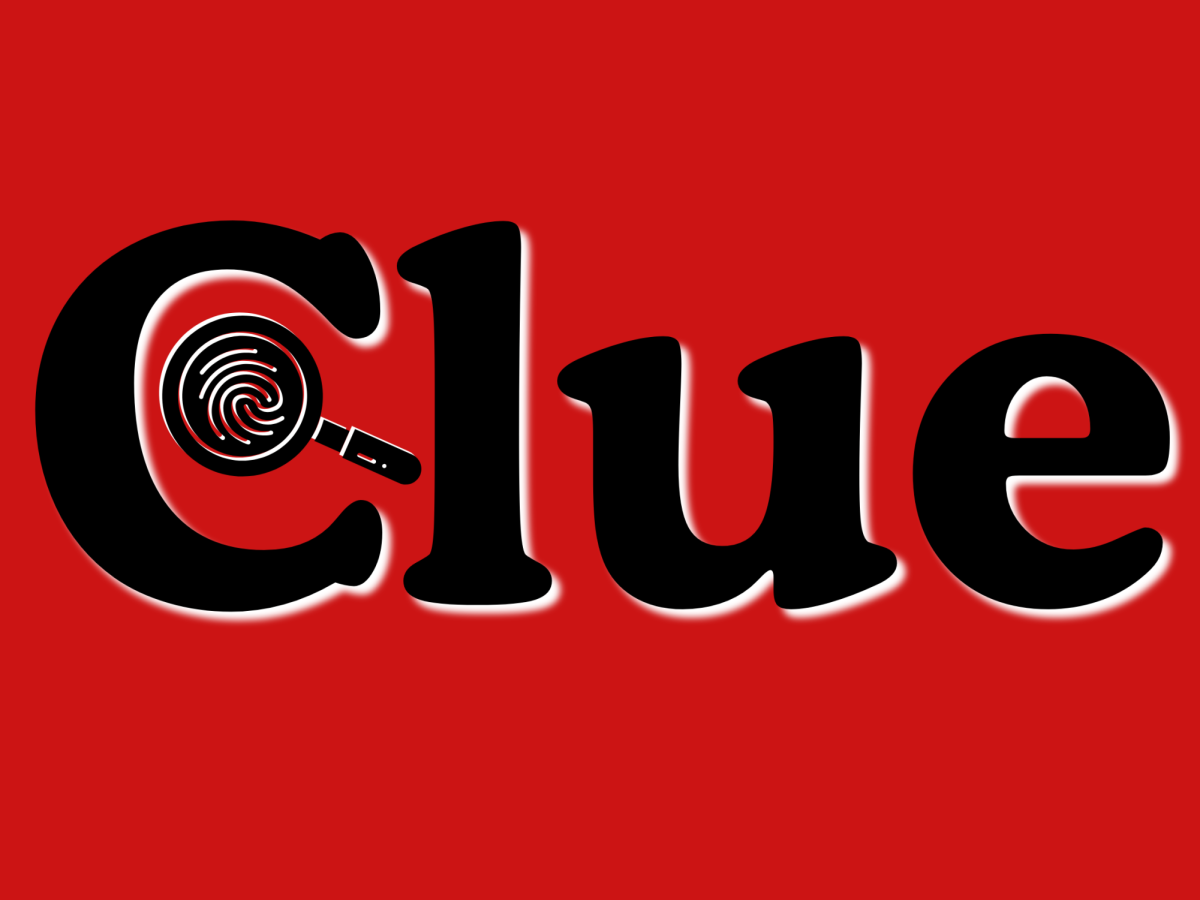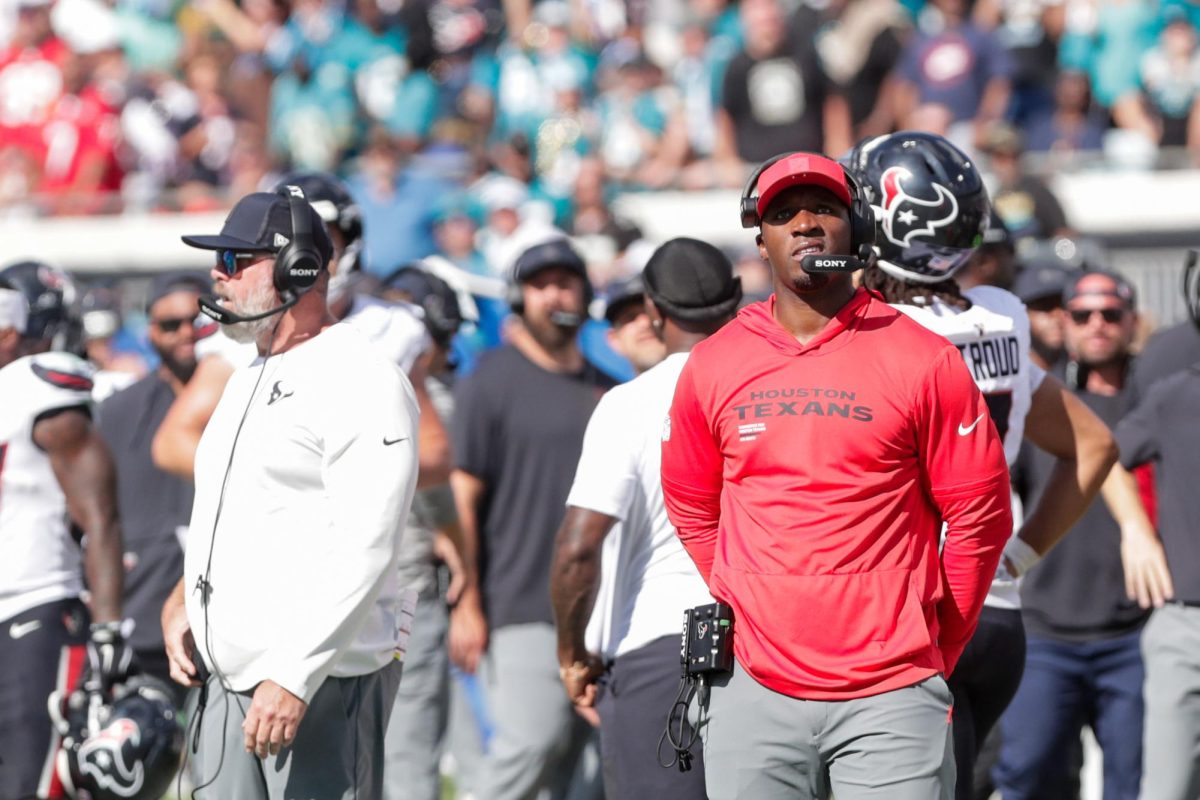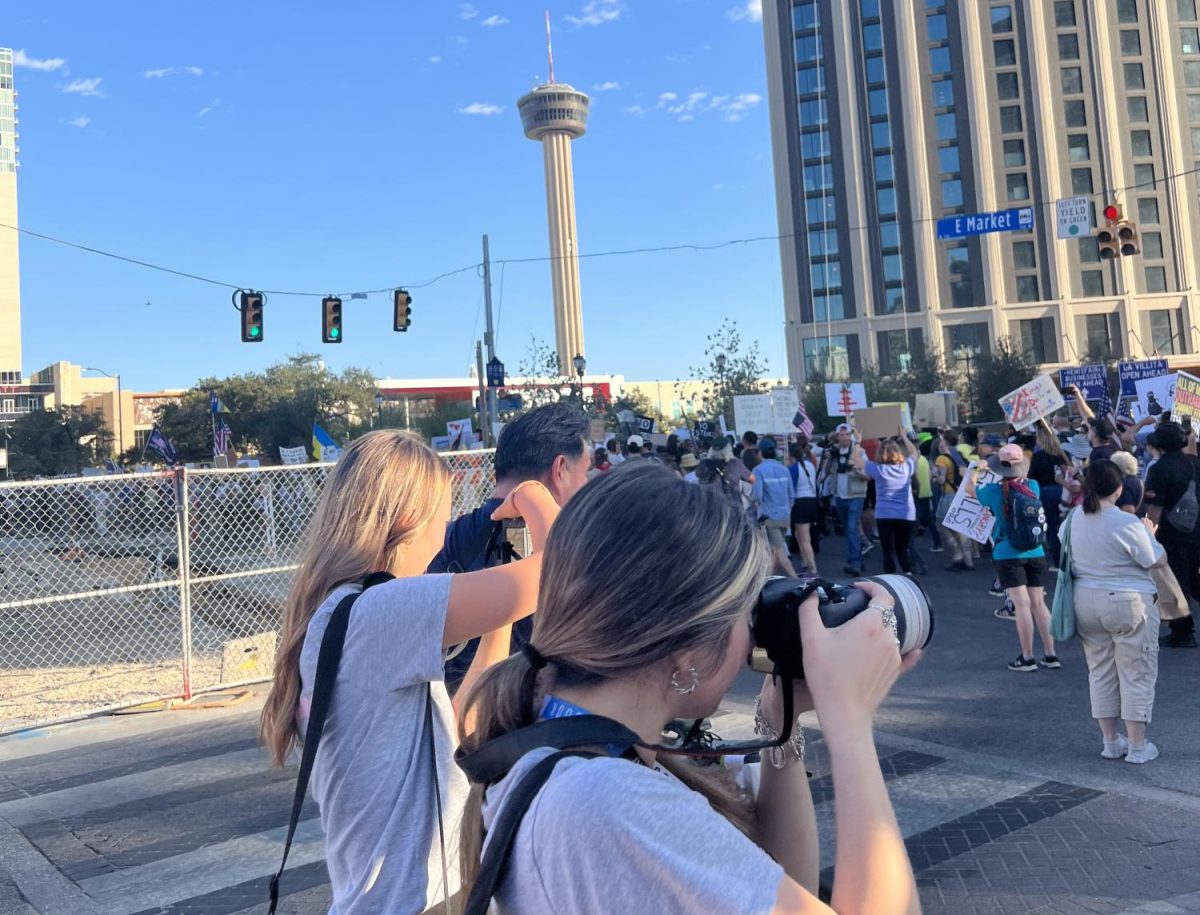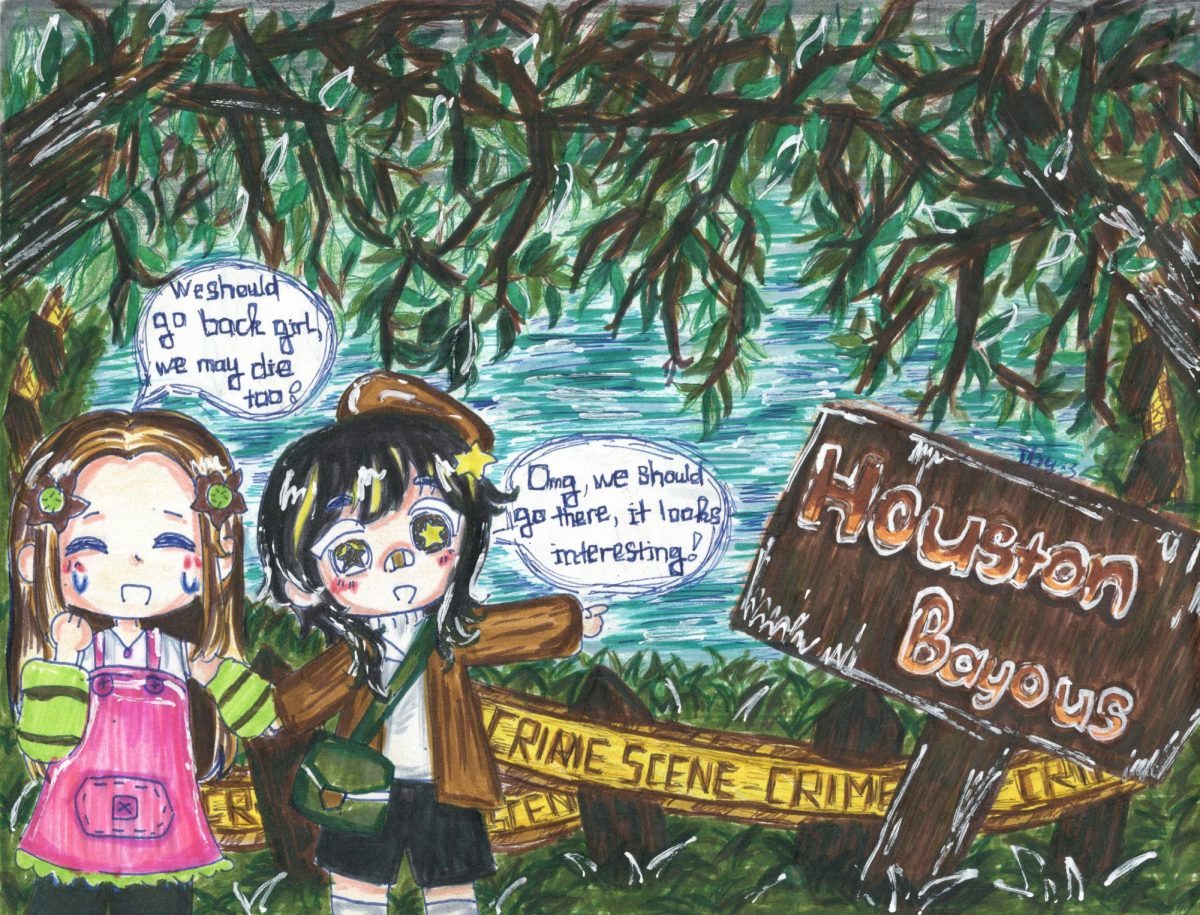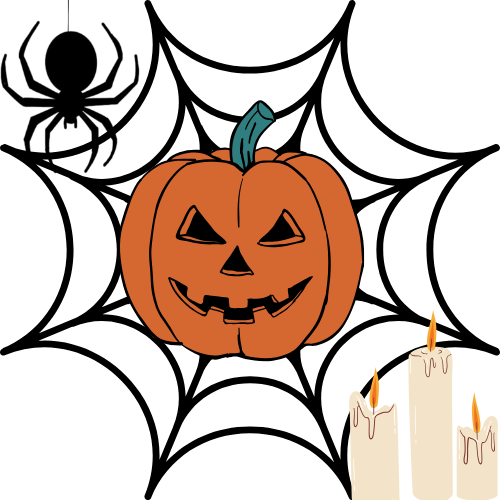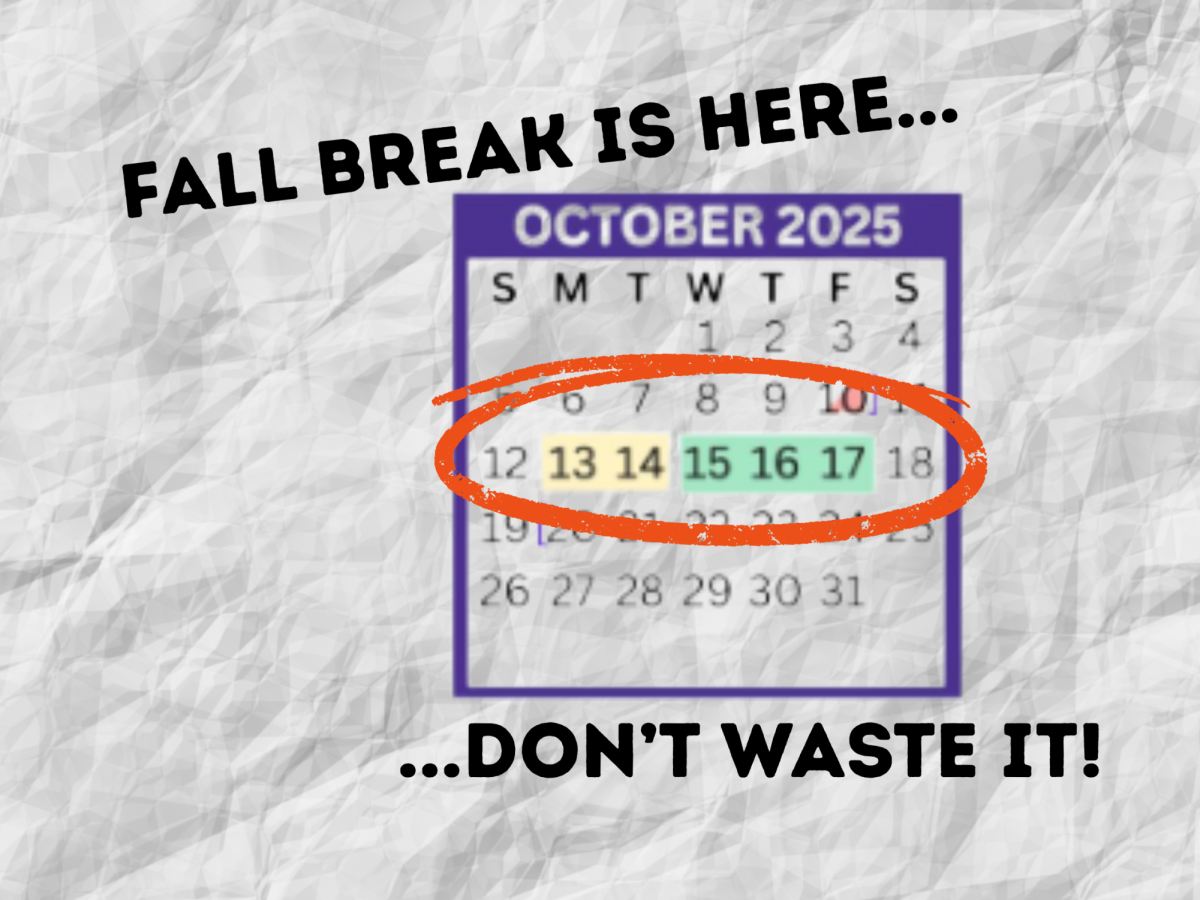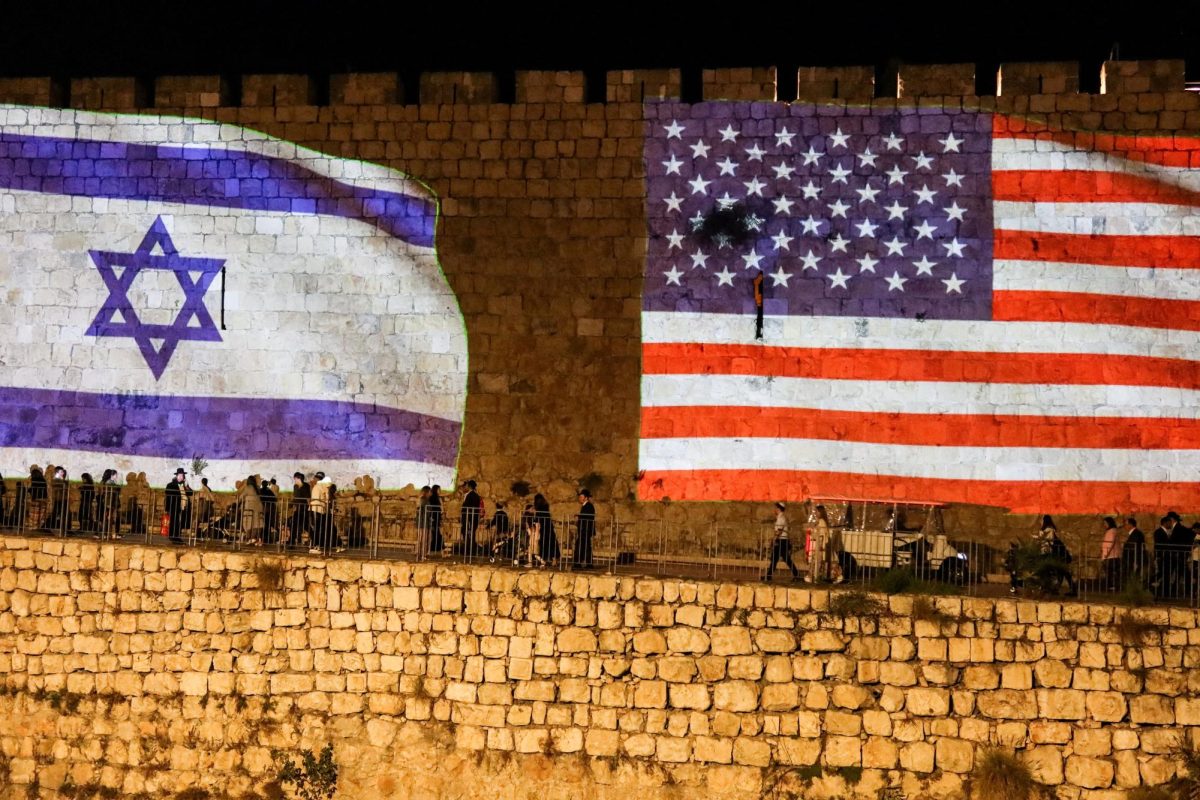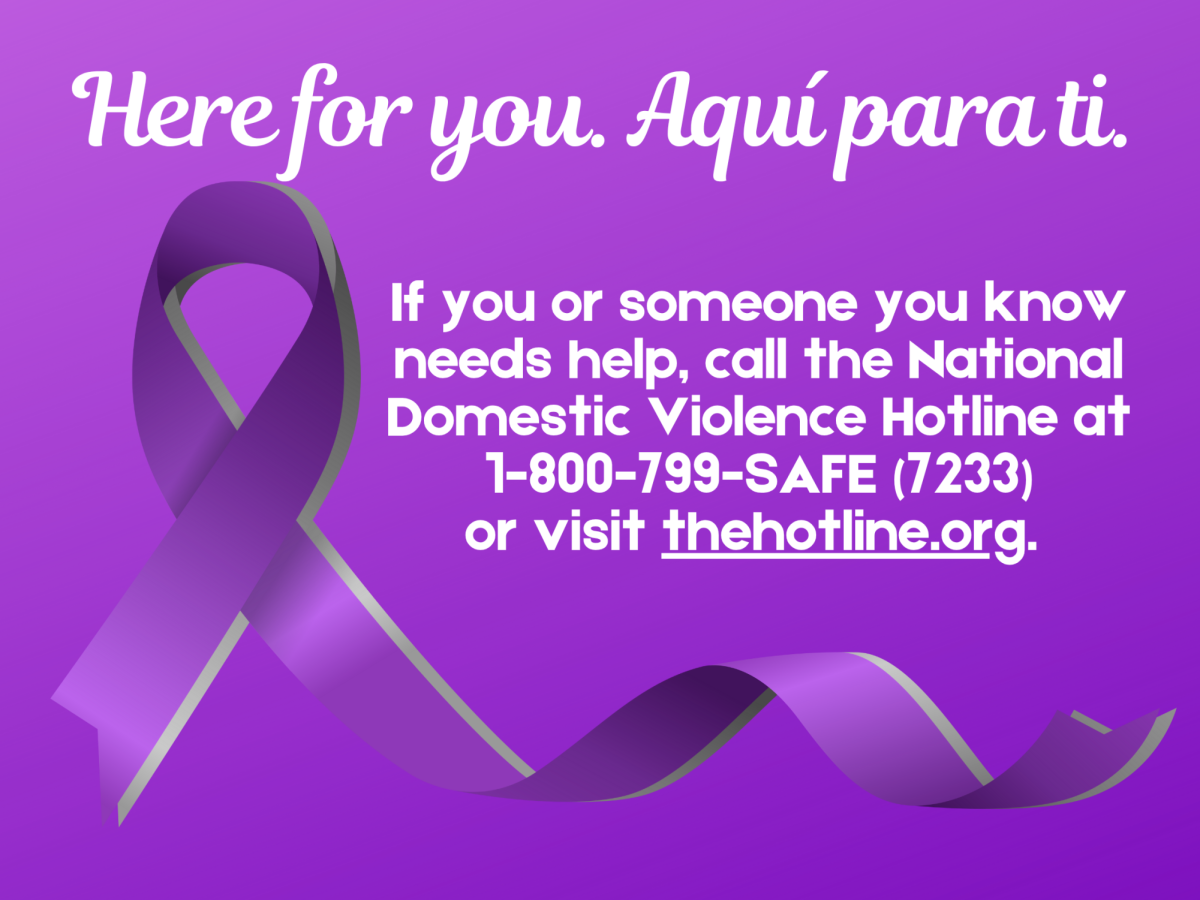In elementary school, Red Ribbon Week was an event. Crazy hair days, pajama days and of course twinning up to beat drugs was a major event in the lives of elementary students all over the nation. In high school, the schedule is a little less exciting. Pajama Day Monday. Dress as a teacher Tuesday. Twin day Wednesday. Tie-dye Thursday. Celebrity Day Friday. But Red Ribbon is about more than crazy socks and tie-dyed shirts. It is a week meant to honor a fallen officer and educate children about the dangers of substance abuse.
Red ribbon week came to be when Enrique “Kiki” Camera was brutally murdered by drug traffickers while he was investigating them in Mexico. Enrique was an American Intelligence officer for the Drug Enforcement Association. Enrique was a father with a wife. Now, he is remembered as a hero. We wear red ribbons to honor him. The National Family Partnership (which was established in 1980) established Red Ribbon Week, which takes place Oct. 23, to Oct. 31 in honor of Enrique and to advocate the dangers of drugs, educate and help prevent people from using them.
Since there is still an ongoing issue with substances at schools around the world, it is important to be aware. Students use them in a way to help themselves temporarily, forget about issues and try to not feel a certain way – but this is only a temporary distraction. For high school students to get help with substance abuse, they can contact their school counselor, call the number of SAMHSA (Substance Abuse and Mental Health Services Administration) at 1-800-662-4357 or talk to helpful peers.
Others who are not using substances have reflected on how Red Ribbon Week mattered when they were younger – it felt more fun and more scary to think about the usage and abuse of substances, leading people to never want to use them. There are also some people who have lost others to substances, seen them ruin people, or even used them and been full of regret. The legacy Enrique “Kiki” Camera has made an impact on people all over the nation with the mission of making kids aware of the dangers of substance abuse. While most have not used substances, teens can help people stop using them if they work together and help each other.


